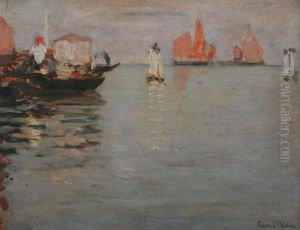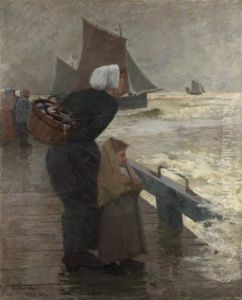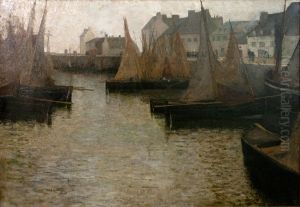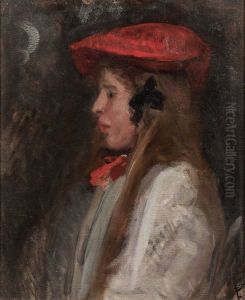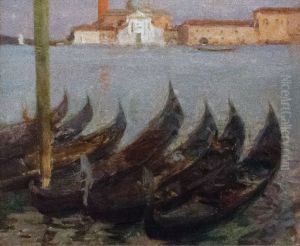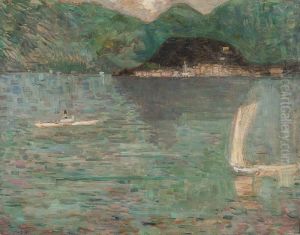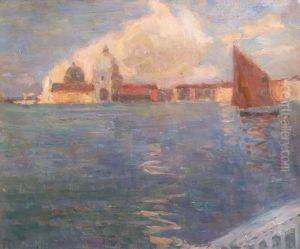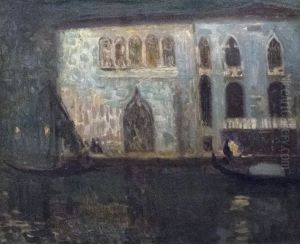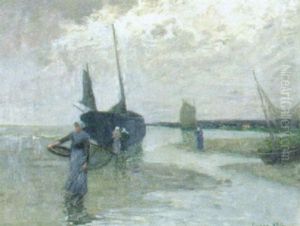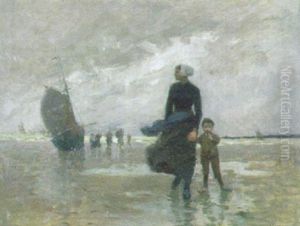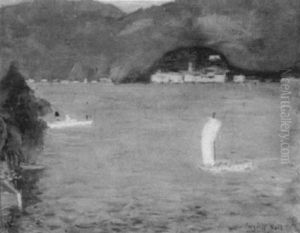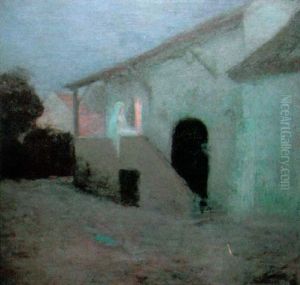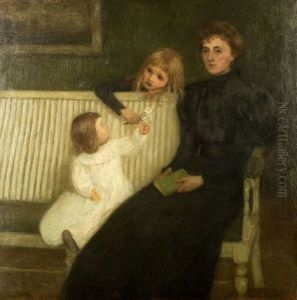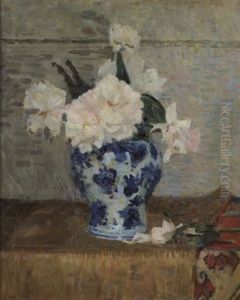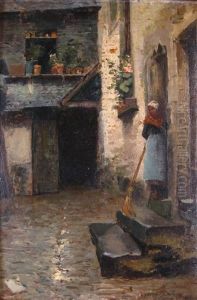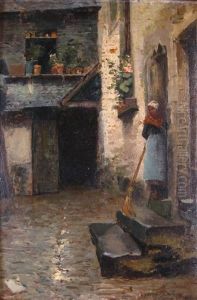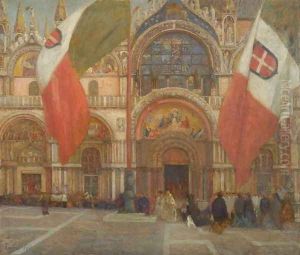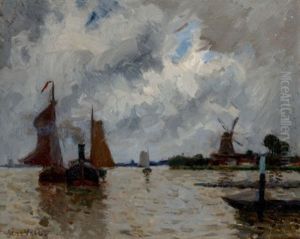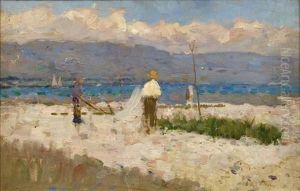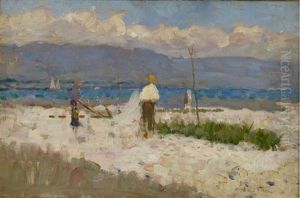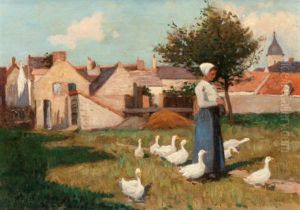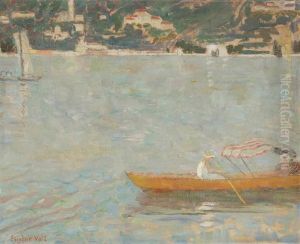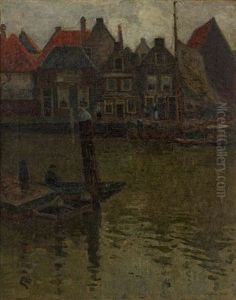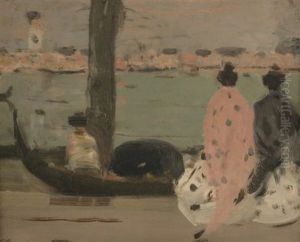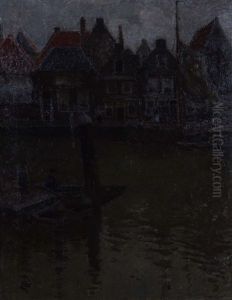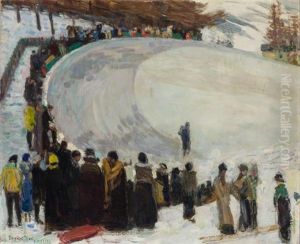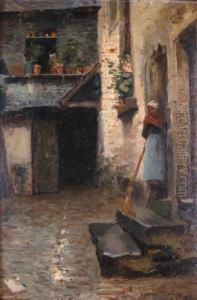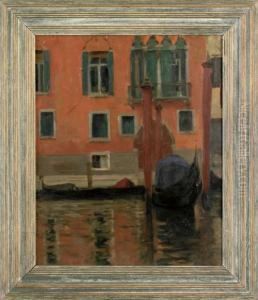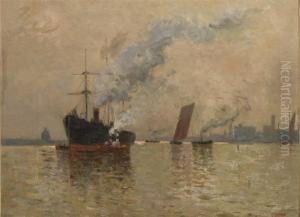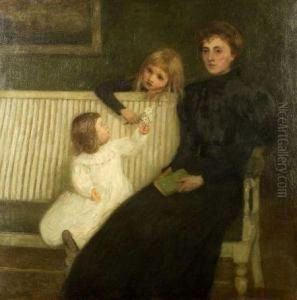Eugene Lawrence Vail Paintings
Eugene Lawrence Vail was an American artist best known for his marine and coastal scenes, as well as his work in the Impressionist style. Born on September 16, 1857, in St. Louis, Missouri, Vail showed an early interest in art and pursued his passion by studying at the National Academy of Design in New York City. He further honed his skills by traveling to Paris in 1877, where he enrolled at the École des Beaux-Arts. There, he studied under the tutelage of Jean-Léon Gérôme, a prominent and influential French painter and teacher.
Vail’s time in Paris had a significant impact on his artistic development. He absorbed the techniques and styles of various French artists and was particularly influenced by the Impressionist movement, which was gaining prominence during his stay. The movement's emphasis on light and color, as well as its tendency to capture everyday scenes, resonated with Vail, and these elements became central to his own work. He exhibited at the Paris Salon and was well received, which helped establish his reputation as a notable painter.
During his career, Vail divided his time between France and the United States. He was a member of several prestigious art organizations, including the Société Nationale des Beaux-Arts in France and the National Academy of Design in the United States. His paintings were exhibited widely, and he received numerous awards, including a silver medal at the Paris Exposition Universelle in 1900.
Vail's work often depicted the sea and the lives of those who lived and worked near it. His paintings are characterized by a sense of tranquility and a mastery of light, with a particular focus on the effects of sunlight on water. He captured the changing moods of the sea and the sky with a sensitive palette and fluid brushwork that conveyed both the beauty and the dynamism of the marine environment.
Eugene Lawrence Vail continued to paint until his death on October 28, 1934, in Paris, France. His works can be found in various museum collections and continue to be appreciated for their contribution to the Impressionist movement and for their evocative portrayal of maritime subjects.
